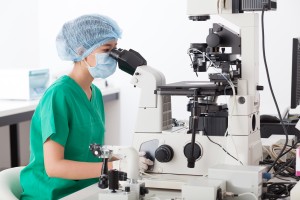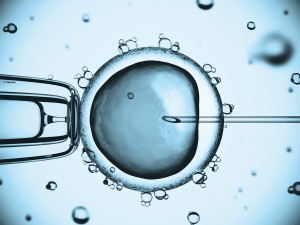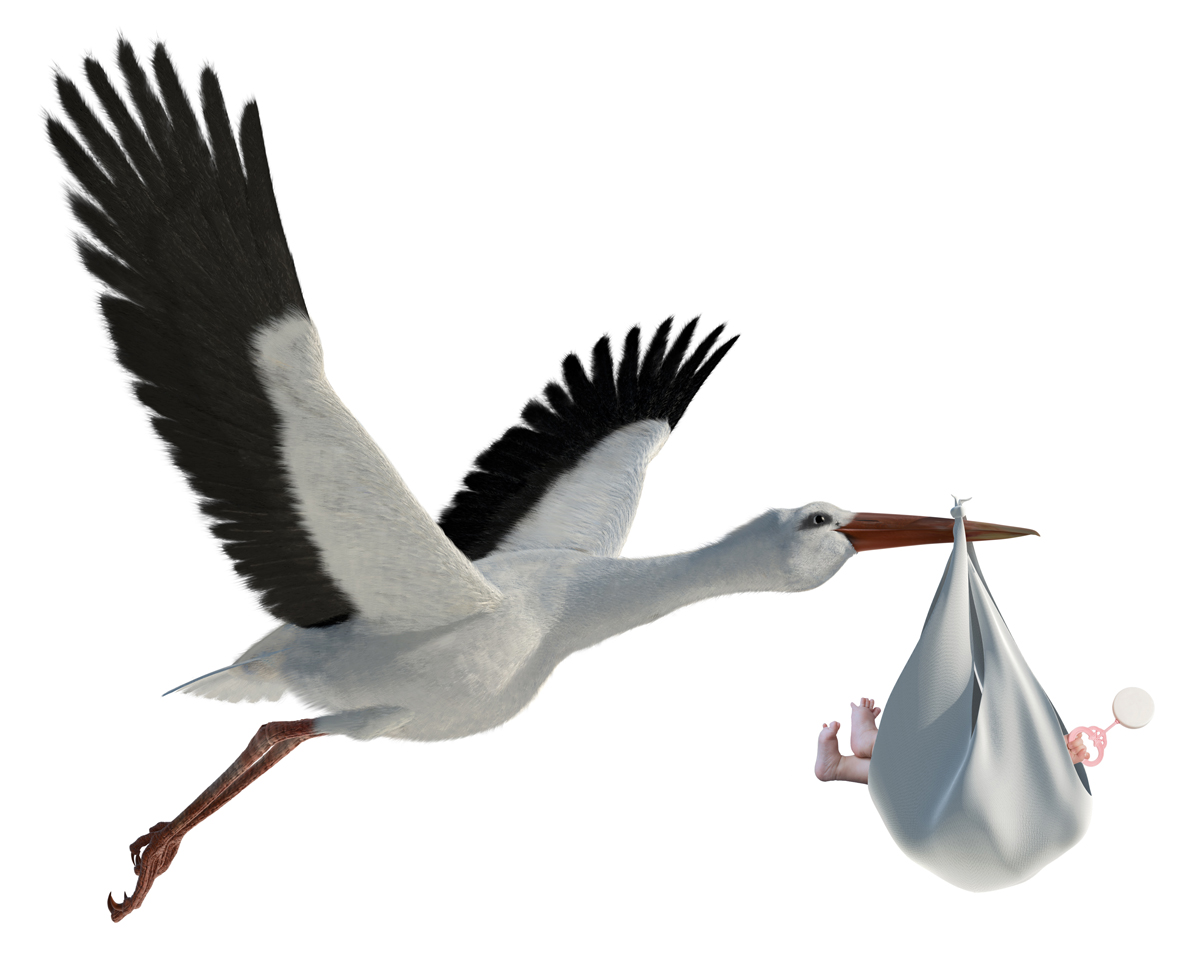There are many reasons why women cannot achieve a pregnancy with their own oocytes. In addition to medical reasons (e.g. cancer treatment, genetic diseases, premature menopause etc.), today, there is an increasing number of cases where socio-economic causes are at the root of the problem. Women often delay having children beyond the age of 35. From age 40, it is getting more and more difficult to achieve a pregnancy.
In situations of this kind, egg donation could be an opportunity for the infertile couple to overcome unwanted childlessness. The relevant legislative framework conditions vary from one State to another.
But how does an appropriate treatment actually look like?
With clear legal provisions regarding egg donation, the Czech Republic is one of the most liberal countries in Europe. For more than 12 years, the team of the IVF Centers Prof. Zech at the Pilsen location (CZ) has been offering support to couples along their road towards the long-awaited child. The focus is on fertility treatments using donor eggs and IVF treatments involving the use of pre-implantation diagnostics.
Prior to starting IVF treatment with donor eggs
Before they can get started with the treatment, the recipient and her partner have to submit a number of examinations. These include general medical/gynecological information about the recipient including all available documentation on any previous treatments and surgery, analyses of hormone levels, temperature curves, ultrasound scans, analyses of the male partner’s sperm etc.
The statutory age limit for donor egg recipients in the Czech Republic is 48 years (+364 days). The IVF Centers Prof. Zech-Pilsen makes the following medical recommendations for women aged between 45 and 48:
- Internist checkup, ECG, blood pressure measurement, blood-sugar level, mammographic examination
- Whenever possible, the cooperating physician should give his opinion as to whether mother and child are subject to an increased risk of a problem pregnancy.
- Transfer of only one embryo
Details on the course of the treatment
During treatment at the IVF Centers Prof. Zech the focus is always on patient well-being and the health of all persons involved, while adhering to all legal requirements and observing medical as well as ethical principles.
Joint analysis of medical results with the treating doctor, detailed gynecological ultrasound examination, discussion of legal regulations, risks, costs and duration of treatment
Identification/allocation of a suitable, anonymous donor on the basis of phenotypic characteristics (body height, body weight, hair color, eye color, blood group…)
At the IVF Centers Prof. Zech-Pilsen the following requirements must be met by an egg donor:
- Aged between 20 and 32 (legal provision: aged between 18 and 35)
- Sound social environment
- Medical check-up by physicians and geneticists, including gynecological examination and hormone analysis
- Serological testing [e.g. HBs-Ag (hepatitis B); Anti-HBc-Ab (lgG) (hepatitis B); Anti-HCV-Ab (hepatitis C); Anti-HIV 1,2]
- Karyotype (chromosomes)
- Exclusion of cystic fibrosis through CFTR gene analysis
Depending on the recipient’s individual situation, the uterine lining is built up using a combination of estrogen and progesterone.
The semen sample is usually collected by masturbation (under hygienic conditions, either in the premises of the IVF center in rooms intended for that purpose or at home. It is important to note that no more than 2 hours may elapse between producing the sample and handing it over to a staff member at the IVF center).
Following a detailed analysis of the spermatozoa by means of the IMSI technique, the best sperm cells are selected and subsequently injected directly into the oocyte (egg) using a very fine needle.


Then the embryos are “cultivated” in the incubator for five days until they have reached the blastocyst stage. The blastocysts with high implantation potential are selected for embryo transfer (blastocyst selection).
To reach an optimum synchronization between the stages of embryonic development and the preparation of the recipient’s endometrium, an individually tailored approach is required. The appropriate treatment is geared to the couple’s individual situation.
The preparation of the uterine lining for the embryo transfer is monitored by ultrasound in order to determine the moment that provides the best conditions for successful implantation of the embryo.
A thin, flexible catheter is passed through the vagina and the cervix and the embryo(s) is/are gently passed down the tube into the uterus. Transfer is performed on the 5th day of embryonic development.
→ more articles concerning this topic in the Special »Fertility treatment with egg donation«
→ Information on the difference between anonymous and non-anonymous egg donation according to the examples Czech Republic and Austria
← Home
→ Contact
















